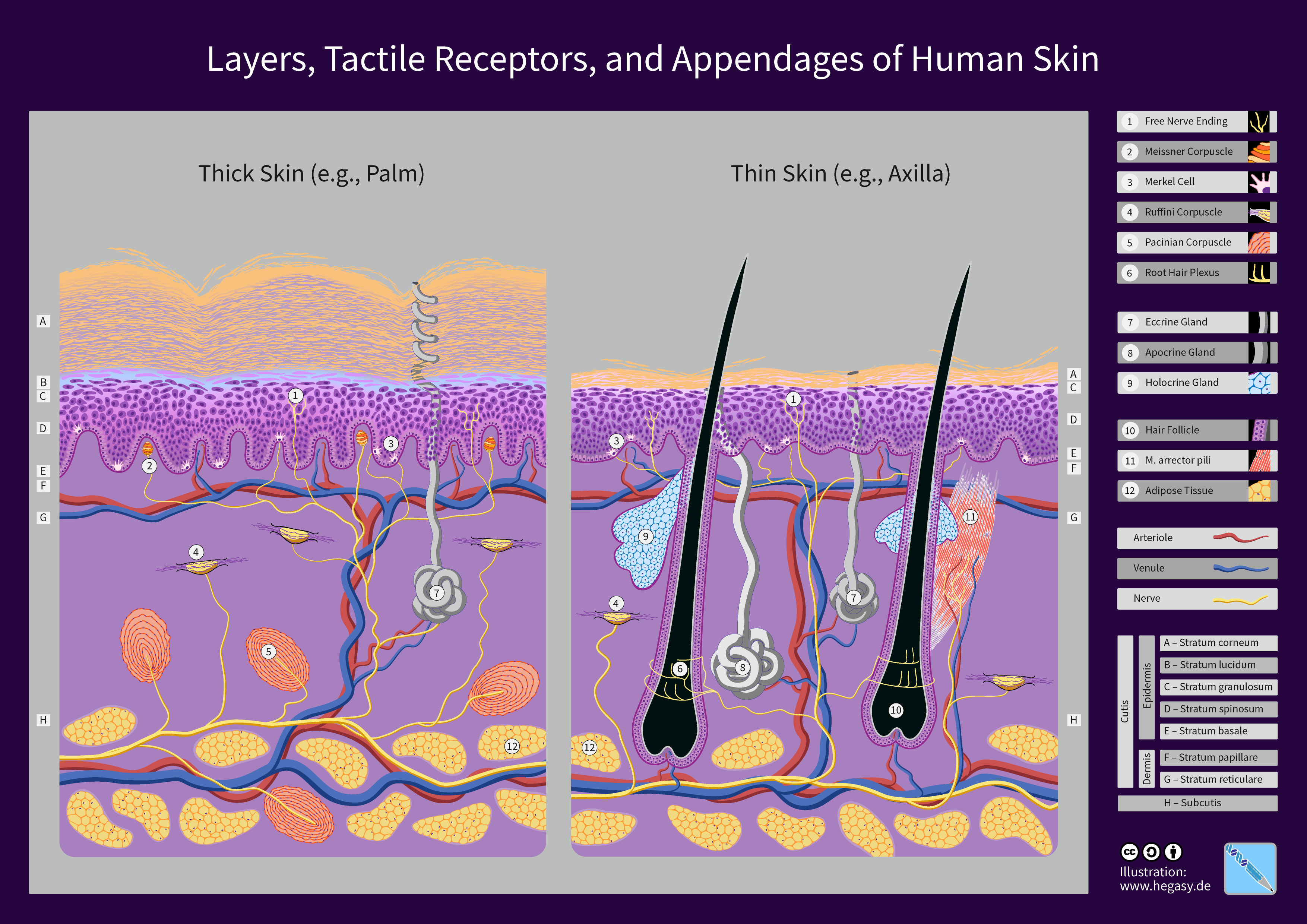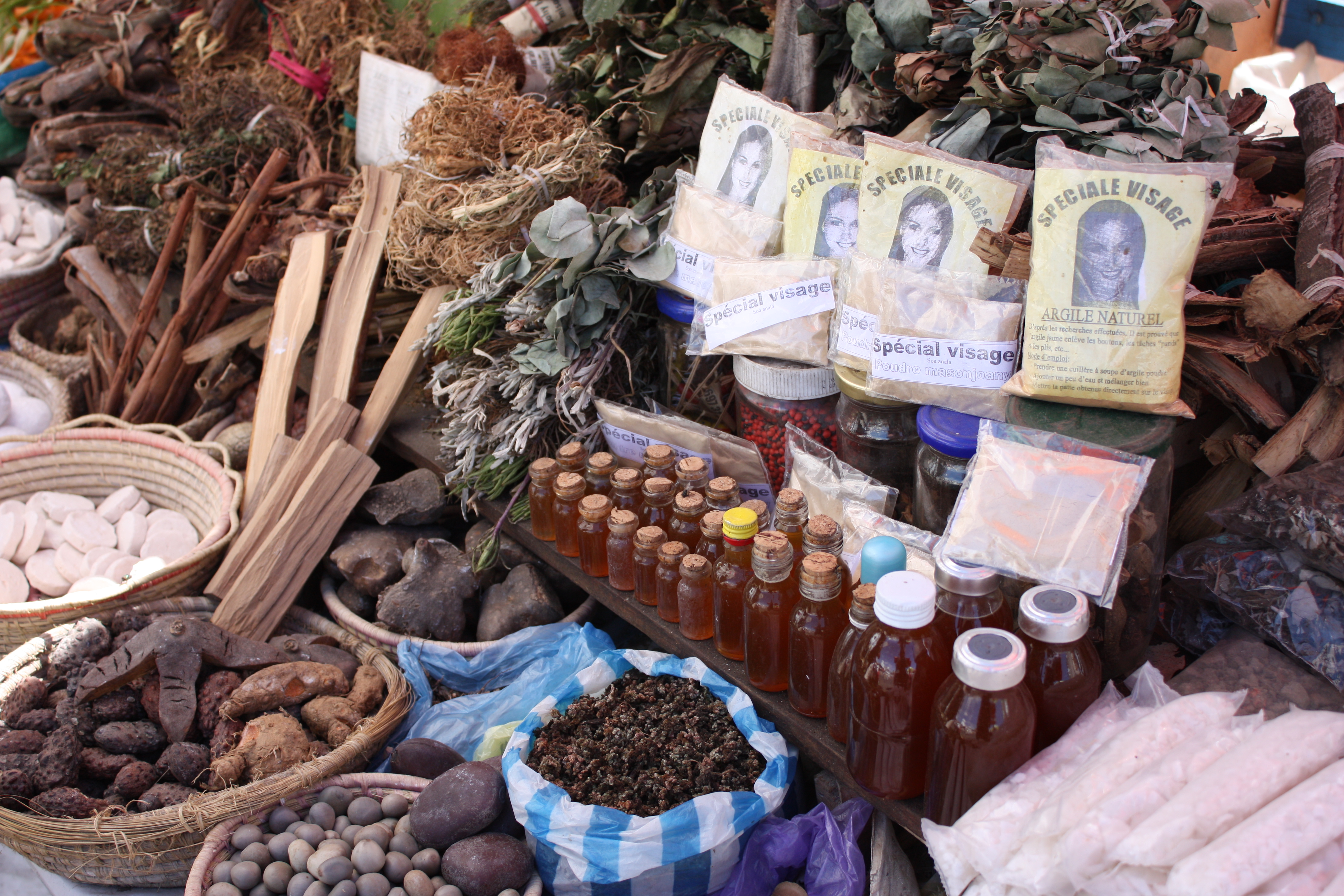|
Lygodium Microphyllum
''Lygodium microphyllum'' (commonly known as, variously, climbing maidenhair fern, Old World climbing fern, small-leaf climbing fern, or snake fern) is a climbing fern originating in tropical Africa, Southeast Asia, Melanesia and Australia. It is an invasive weed in Florida where it invades open forest and wetland areas. The type specimen was collected in the vicinity of Nabúa, on the island of Luzon in the Philippines by Luis Née. Distribution ''Lygodium microphyllum'' is native to much of tropical Africa and South Africa; tropical Asia, including China, Ryukyu Islands of Japan; Australia; Fiji, the Mariana Islands and Caroline Islands. ''Lygodium microphyllum'' has become naturalized in the Caribbean and South Florida. Effects on the environment ''Lygodium microphyllum'' causes problems in the environments where it is invasive. The plant damages wetland ecosystems, harming endangered species. The ferns ability to grow up and over trees and shrubs and to form dense hor ... [...More Info...] [...Related Items...] OR: [Wikipedia] [Google] [Baidu] |
Antonio José Cavanilles
Antonio José Cavanilles (16 January 1745 – 5 May 1804) was a leading Spanish taxonomic botanist, artist and one of the most important figures in the 18th century period of Enlightenment in Spain. Cavanilles is most famous for his 2-volume book on Spanish flora, published in 1795 and titled ‘Observations on the Natural History, Geography and Agriculture of the Kingdom of Valencia’.He named many plants, particularly from Oceania. He named at least 100 genera, about 54 of which were still used in 2004, including ''Dahlia'', '' Calycera'', '' Cobaea'', '' Galphimia'', and '' Oleandra''. Biography Cavanilles was born in Valencia. He lived in Paris from 1777 to 1781, where he followed careers as a clergyman and a botanist, thanks to André Thouin and Antoine Laurent de Jussieu. He was one of the first Spanish scientists to use the classification method invented by Carl Linnaeus. Early life and education Antonio José Cavanilles was born on January 16, 1745, in Valenc ... [...More Info...] [...Related Items...] OR: [Wikipedia] [Google] [Baidu] |
Mariana Islands
The Mariana Islands ( ; ), also simply the Marianas, are a crescent-shaped archipelago comprising the summits of fifteen longitudinally oriented, mostly dormant volcanic mountains in the northwestern Pacific Ocean, between the 12th and 21st parallels north and along the 145th meridian east. They lie south-southeast of Japan, west-southwest of Hawaii, north of New Guinea, and east of the Philippines, demarcating the Philippine Sea's eastern limit. They are found in the northern part of the western Oceanic sub-region of Micronesia, and are politically divided into two jurisdictions of the United States: the Commonwealth of the Northern Mariana Islands and, at the southern end of the chain, the territory of Guam. The islands were named after the influential Spanish queen Mariana of Austria following their colonization in the 17th century. The indigenous inhabitants are the Chamorro people. Archaeologists in 2013 reported findings which indicated that the people who first settl ... [...More Info...] [...Related Items...] OR: [Wikipedia] [Google] [Baidu] |
Salakot
Salakot is a traditional lightweight headgear from the Philippines commonly used for protection against the sun and rain. Variants occur among ethnic groups, but all are shaped like a dome or cone and can range in size from having very wide brims to being almost helmet-like. Made from various materials including bamboo, rattan, nito ferns, and bottle gourd, the salakot is held in place by an inner headband and a chinstrap. The tip of the crown commonly has a spiked or knobbed finial made of metal or wood. The salakot is the direct precursor to the pith helmet (also called '' salacot'' in Spanish and ''salacco'' in French) widely used by European military forces in the colonial era. Description Salakot is a general term for a range of related traditional headgear used by virtually all ethnic groups of the Philippines. It is usually dome-shaped or cone-shaped, but various other styles also exist, including versions with dome-shaped, cone-shaped, or flat crowns with a flat or ... [...More Info...] [...Related Items...] OR: [Wikipedia] [Google] [Baidu] |
Lygodium
''Lygodium'' (climbing fern) is a genus of about 40 species of ferns, native to tropical regions across the world, with a few temperate species in eastern Asia and eastern North America. It is the sole genus in the family Lygodiaceae in the Pteridophyte Phylogeny Group classification of 2016 (PPG I). Alternatively, the genus may be placed as the only genus in the subfamily Lygodioideae of a more broadly defined family Schizaeaceae, the family placement used in ''Plants of the World Online'' . Per recent molecular evidence, Lygodiaceae is thought to have diverged relatively early from the other members of the Schizaeales due to the relatively high level of synonymous sequence divergence between the families within the Schizaeales. Description ''Lygodium'' are unusual in that the rachis, or midrib, of the frond is thin, flexible, and long, the frond unrolling with indeterminate growth and the rachis twining around supports, so that each frond forms a distinct vine. The fronds may ... [...More Info...] [...Related Items...] OR: [Wikipedia] [Google] [Baidu] |
Dysentery
Dysentery ( , ), historically known as the bloody flux, is a type of gastroenteritis that results in bloody diarrhea. Other symptoms may include fever, abdominal pain, and a feeling of incomplete defecation. Complications may include dehydration. The cause of dysentery is usually the bacteria from genus '' Shigella'', in which case it is known as shigellosis, or the amoeba '' Entamoeba histolytica''; then it is called amoebiasis. Other causes may include certain chemicals, other bacteria, other protozoa, or parasitic worms. It may spread between people. Risk factors include contamination of food and water with feces due to poor sanitation. The underlying mechanism involves inflammation of the intestine, especially of the colon. Efforts to prevent dysentery include hand washing and food safety measures while traveling in countries of high risk. While the condition generally resolves on its own within a week, drinking sufficient fluids such as oral rehydration solutio ... [...More Info...] [...Related Items...] OR: [Wikipedia] [Google] [Baidu] |
Swelling (medical)
Edema (American English), also spelled oedema (British English), and also known as fluid retention, swelling, dropsy and hydropsy, is the build-up of fluid in the body's tissue (biology), tissue. Most commonly, the legs or arms are affected. Symptoms may include skin that feels tight, the area feeling heavy, and joint stiffness. Other symptoms depend on the underlying cause. Causes may include Chronic venous insufficiency, venous insufficiency, heart failure, kidney problems, hypoalbuminemia, low protein levels, liver problems, deep vein thrombosis, infections, kwashiorkor, angioedema, certain medications, and lymphedema. It may also occur in immobile patients (stroke, spinal cord injury, aging), or with temporary immobility such as prolonged sitting or standing, and during menstruation or pregnancy. The condition is more concerning if it starts suddenly, or pain or shortness of breath is present. Treatment depends on the underlying cause. If the underlying mechanism involve ... [...More Info...] [...Related Items...] OR: [Wikipedia] [Google] [Baidu] |
Human Skin
The human skin is the outer covering of the body and is the largest organ of the integumentary system. The skin has up to seven layers of ectodermal tissue (biology), tissue guarding Skeletal muscle, muscles, bones, ligaments and organ (anatomy), internal organs. Human skin is similar to most of the other mammals' skin, and it is very similar to pig skin. Though nearly all human skin is covered with hair follicles, it can appear Nudity#Evolution of hairlessness, hairless. There are two general types of skin: hairy and glabrous skin (hairless). The adjective List of medical roots, suffixes and prefixes#C, ''cutaneous'' literally means "of the skin" (from Latin ''cutis'', skin). Skin plays an important immunity (medical), immunity role in protecting the body against pathogens and excessive transepidermal water loss, water loss. Its other functions are Thermal insulation, insulation, thermoregulation, temperature regulation, sensation, synthesis of vitamin D, and the protection ... [...More Info...] [...Related Items...] OR: [Wikipedia] [Google] [Baidu] |
Traditional Medicine
Traditional medicine (also known as indigenous medicine or folk medicine) refers to the knowledge, skills, and practices rooted in the cultural beliefs of various societies, especially Indigenous groups, used for maintaining health and treating illness. In some Asia, Asian and Africa, African countries, up to 80% of people rely on traditional medicine for primary health care. Traditional medicine includes systems like Ayurveda, traditional Chinese medicine, and Unani medicine, Unani. The World Health Organization supports their integration, but warns of potential risks and calls for more research on their safety and effectiveness. The use of medicinal herbs spans over 5,000 years, beginning with ancient civilizations like the Sumer, Sumerians, Ancient Egypt, Egyptians, Indian people, Indians, and Chinese people, Chinese, evolving through Ancient Greece, Greek, Ancient Rome, Roman, Islam, Islamic, and Middle Ages, medieval European traditions, and continuing into Colonial histo ... [...More Info...] [...Related Items...] OR: [Wikipedia] [Google] [Baidu] |
Floracarus Perrepae
''Floracarus perrepae'' is a species of herbivorous mite belonging to the family Eriophyidae. It is native to Australia (Queensland), China and New Caledonia. As it is known to attack and eat the invasive fern species '' Lygodium microphyllum'', it is being considered for use as a biological pest control agent in Florida Florida ( ; ) is a U.S. state, state in the Southeastern United States, Southeastern region of the United States. It borders the Gulf of Mexico to the west, Alabama to the northwest, Georgia (U.S. state), Georgia to the north, the Atlantic .... References Eriophyidae Invasive plants biological control agents Arachnids of China Arthropods of New Caledonia Arachnids of Australia Animals described in 2002 {{Trombidiformes-stub ... [...More Info...] [...Related Items...] OR: [Wikipedia] [Google] [Baidu] |
Neomusotima Conspurcatalis
''Neomusotima conspurcatalis'' is a moth in the family Crambidae. It was described by William Warren in 1896. It is found in India, Indonesia, East Timor and Australia. The length of the forewings is 4–5 mm. The larvae feed on ''Lygodium microphyllum ''Lygodium microphyllum'' (commonly known as, variously, climbing maidenhair fern, Old World climbing fern, small-leaf climbing fern, or snake fern) is a climbing fern originating in tropical Africa, Southeast Asia, Melanesia and Australia. It is ...''. Young larvae skeletonize the leaves of their host plant, while older larvae consume entire leaves. References Musotiminae Moths of Asia Moths of Australia Moths described in 1896 Taxa named by William Warren (entomologist) {{Musotiminae-stub ... [...More Info...] [...Related Items...] OR: [Wikipedia] [Google] [Baidu] |
Austromusotima Camptozonale
''Austromusotima camptozonale'', the climbing maidhair pyralid moth, is a moth of the family Crambidae. It is native to Australia, but attempts have been made to introduce it to southern Florida as a biological control agent for Old World climbing fern. The wingspan is about 10 mm. The larvae feed on ''Lygodium microphyllum'', ''Lygodium japonicum'' and ''Lygodium palmatum ''Lygodium palmatum'' is the only species of its genus native to North America North America is a continent in the Northern Hemisphere, Northern and Western Hemisphere, Western hemispheres. North America is bordered to the north by th ...''. References External linksEfforts to establish a foliage-feeding moth, Austromusotima camptozonale, against Lygodium microphyllum in Florida, considered in the light of a retrospective review of establishment success of weed biocontrol agents [...More Info...] [...Related Items...] OR: [Wikipedia] [Google] [Baidu] |
Invasive Species
An invasive species is an introduced species that harms its new environment. Invasive species adversely affect habitats and bioregions, causing ecological, environmental, and/or economic damage. The term can also be used for native species that become harmful to their native environment after human alterations to its food web. Since the 20th century, invasive species have become serious economic, social, and environmental threats worldwide. Invasion of long-established ecosystems by organisms is a natural phenomenon, but human-facilitated introductions have greatly increased the rate, scale, and geographic range of invasion. For millennia, humans have served as both accidental and deliberate dispersal agents, beginning with their earliest migrations, accelerating in the Age of Discovery, and accelerating again with the spread of international trade. Notable invasive plant species include the kudzu vine, giant hogweed (''Heracleum mantegazzianum''), Japanese knotw ... [...More Info...] [...Related Items...] OR: [Wikipedia] [Google] [Baidu] |






